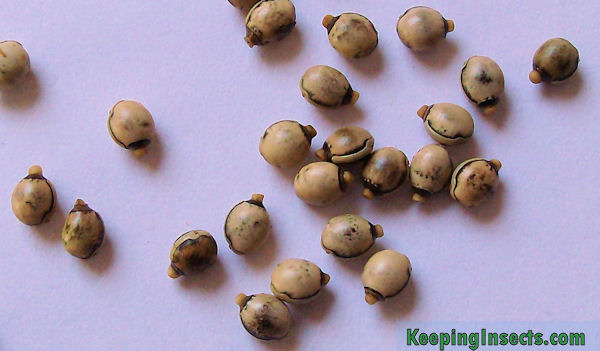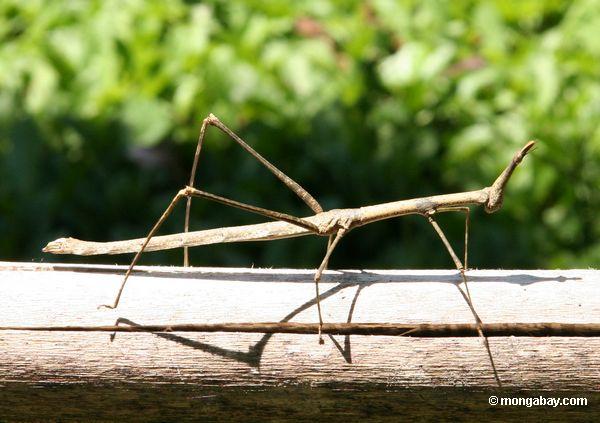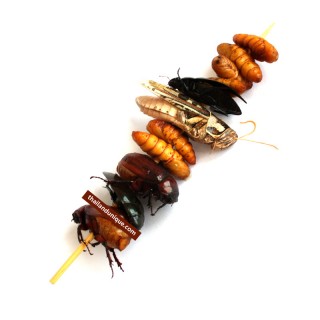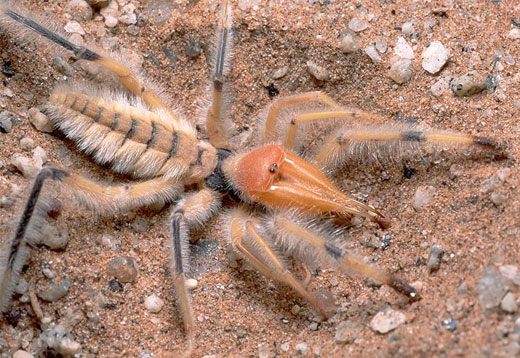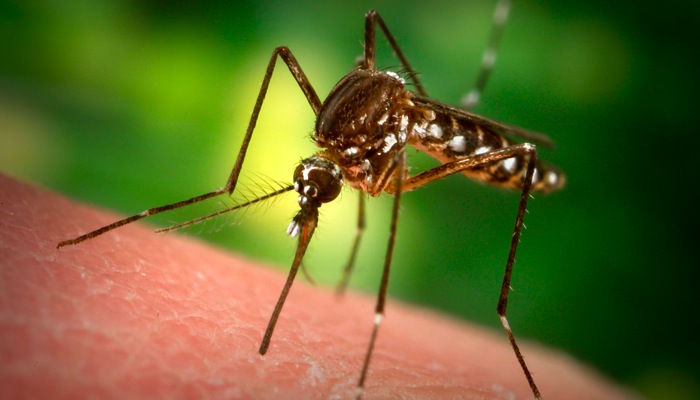You think you have a mosquito bite. It looks the same, it feels the same, and you even saw the mosquito fly away. You give it some time because as a mosquito bite there isn't much to worry about, but after a few weeks it turns into a lump. Your worried and it appears to be something beneath the surface of your skin. Its the larvae of the botfly.
Botfly eggs are first deposited into the skin of their hosts by mosquitoes. They then grow as larvae beneath the surface of the skin from around 20 to 60 days until they penetrate out and move on with their lives. There is not much harm to the host of these flies except some expected discomfort but pushing them out before they leave naturally can be quite painful.
Botfly larvae with visible spines
I imagine that anyone with a fly larvae under their skin would not want to wait for it to grow, develop, and leave on its own so there are ways to get it out. The larvae actually breaths right at the surface of the skin, so if you cut off its air supply then you can kill it. Placing duct tape over the lump (known as a warble) or covering it with vaseline will kill it ,but then you are stuck with the issue of a dead fly larvae in your skin. From here, in order to extract it you must pull or push it out. This it where it may become painful because the larvae have tiny spines that stick into your skin as you yank it out. Ouch! You gotta do what you have to do though. If you are still interested check out the video below of a compilation of bot flies being removed. Beware! Really....beware!
Video link: http://www.youtube.com/watch?v=LrBOC0HVxag

Adult Botfly
Information found from:
http://ambergriscaye.com/pages/town/botfly.html
Images found from:
http://entnemdept.ufl.edu/creatures/livestock/horse_bot_fly.htm
http://www.whatsthatbug.com/category/flies/bot-flies/page/2/

